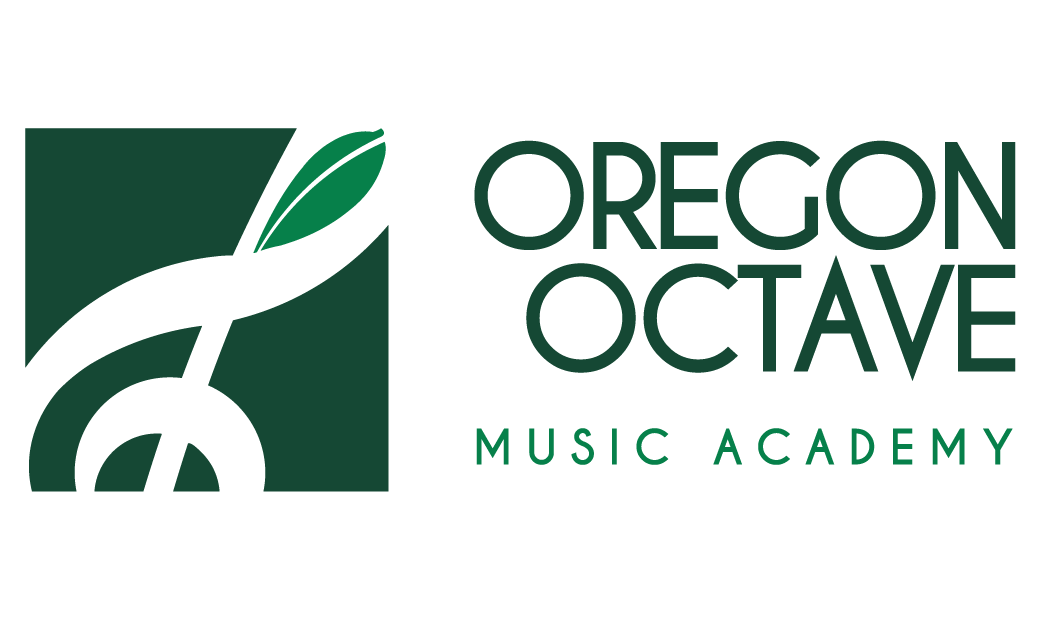Bonjour • Ciao • Hallo • Hei • Hola • Jambo • Nay Hoh • Ni Hau • Olà • Szia • Zdras-tvuy-te
(A short note from Jane)
It's thrilling to be able to share my love of linguistics with students at OOMA. In beginning lessons I particularly enjoy the new language acquisition that naturally takes place during the first few months. Students learn that if they pick up a music score (in any corner of the globe), in it are markings in different languages. Together we discover that, for example, commonly used terms piano and forte mean - consecutively - "soft" and "loud" in Italian.
As students progress in their music education, I help them explore more of the linguistic subtlety in music and how it can enhance their performance. It's fascinating to see how students apply their knowledge of language to music and vice versa, which ultimately helps them become very well-rounded musicians. Learning the musical terms such as allegro, adagio, and presto, which indicate the tempo or speed of a piece, as well as dynamics such as crescendo, decrescendo, and staccato, which describe the volume and articulation of the music, is a fundamental part of understanding the language of music. By incorporating linguistics into music education, we are not only teaching students how to play an instrument, but also equipping them with a deeper understanding and appreciation of music as a whole.
It's always exhilarating to see how music and language intersect, revealing the cultural and historical aspects of music. I take great delight in guiding my students through this musical and linguistic journey. We explore the diverse origins of music genres and how they reflect the cultural and linguistic traditions of the people who create them. Through analyzing lyrics in different languages, we gain a profound appreciation for the emotive power of words and the storytelling techniques used in different cultures. And by studying and working to understand the linguistic and cultural context of music, students are able to connect more deeply with what they play or listen to, and develop a broader perspective of the world around them. This interdisciplinary approach not only nurtures a passion for music but also instills cross-cultural understanding and empathy in students, making it a truly enriching experience for them.



